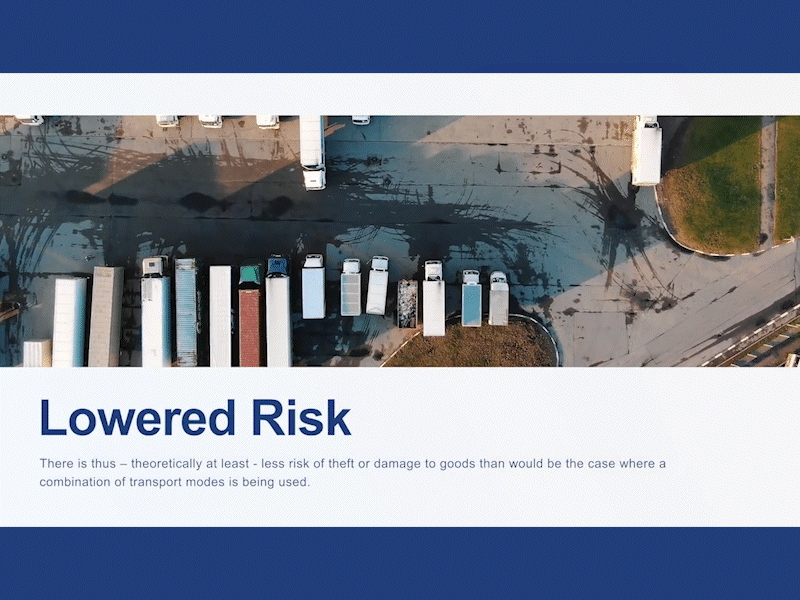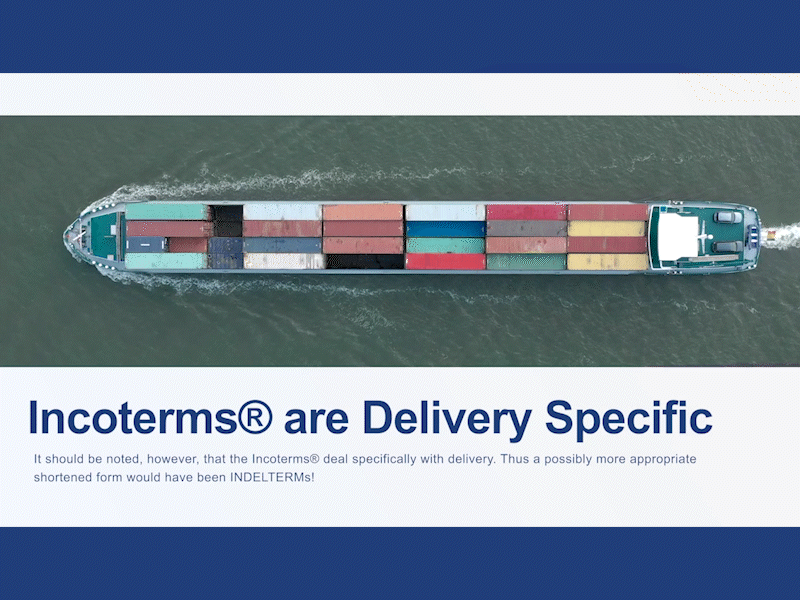Documents play an essential role in successfully exporting your products to your international buyer and are often key to getting paid. Export documents also prove that certain procedures have taken place or serve as instructions that specific tasks must take place. The relevance and accuracy of documentation are essential to your success in the export market. However, for your documents to be relevant and accurate, you need to understand their purpose and why they are essential. Exporting requires far more documentation than domestic business but new entrants to the export market are often unfamiliar with how certain documents differ. An example of this is confusion regarding the purpose of a bill of exchange vs a bill of lading. This article explains the functions of a bill of exchange and a bill of lading.

A Bill of Lading Explained
A bill of lading is the most common ocean transport document. A shipping line or vessel captain issues the bill of lading to a shipper once they have received the goods. A bill of lading provides evidence that a formal contract of carriage exists between the carrier and the shipper. A bill of lading also acts as a receipt for the goods. When a carrier issues a shipper with the bill of lading, it will mark the bill of lading as either “clean” or “claused”. If the bill of lading is marked “clean”, it documents that the carrier received the goods in the stated quantities and in good condition. However, if the carrier marks the bill of lading “claused”, it indicates that it has received the goods in a discrepant state, i.e. some goods are either missing or damaged.
A Bill of Lading Assumes the Status of a Document of Title
In addition to evidence of receipt of the goods by the shipping line, a bill of lading is the only transport document that serves as a document of title. Once an importer receives the bill of lading, either from its bank or directly from the exporter, it can not only identify the condition of the goods when they were handed over to the carrier but also gain their release on arrival in the importing country.
A Bill of Exchange Explained
As we discussed in our article on bank collections, a bill of exchange or draft is an unconditional order to pay a specific sum of money that, once accepted, binds the party concerned to pay on demand or at a predetermined date. If the importer is required to pay immediately, it is known as a ‘sight’ draft; if they are required to make payment at a future date, it is known as a usance draft.
The Bill of Exchange and the Bill of Lading in Bank Collections
In some cases, when using a bank collection as your chosen payment method, documents, such as the bill of lading and other shipping documents, would be sent along with the bill of exchange to the importer’s bank. Where shipping documents are involved, the correspondent bank is instructed not to hand these over to the importer until payment has been made or the bill of exchange has been accepted.

Your ability to manage risk and maximise opportunities heavily influences your international success. However, few exporters know the full extent of the risks and opportunities expanding your business internationally presents. Thankfully, Trade Forward Southern Africa, in collaboration with the International Trade Institute of Southern Africa, has created a free and comprehensive online training course on various aspects of global trade, including identifying and mitigating international risk. The modules provided include training on international finance, foreign exchange rates, Letters of Credit, international payment methods, Incoterms® and export marketing. Click the links below to sign up for free and get started.
To sign up to the School of Export CLICK HERE.
If you already have a profile, CLICK HERE to login to begin the module.










Leave a Reply